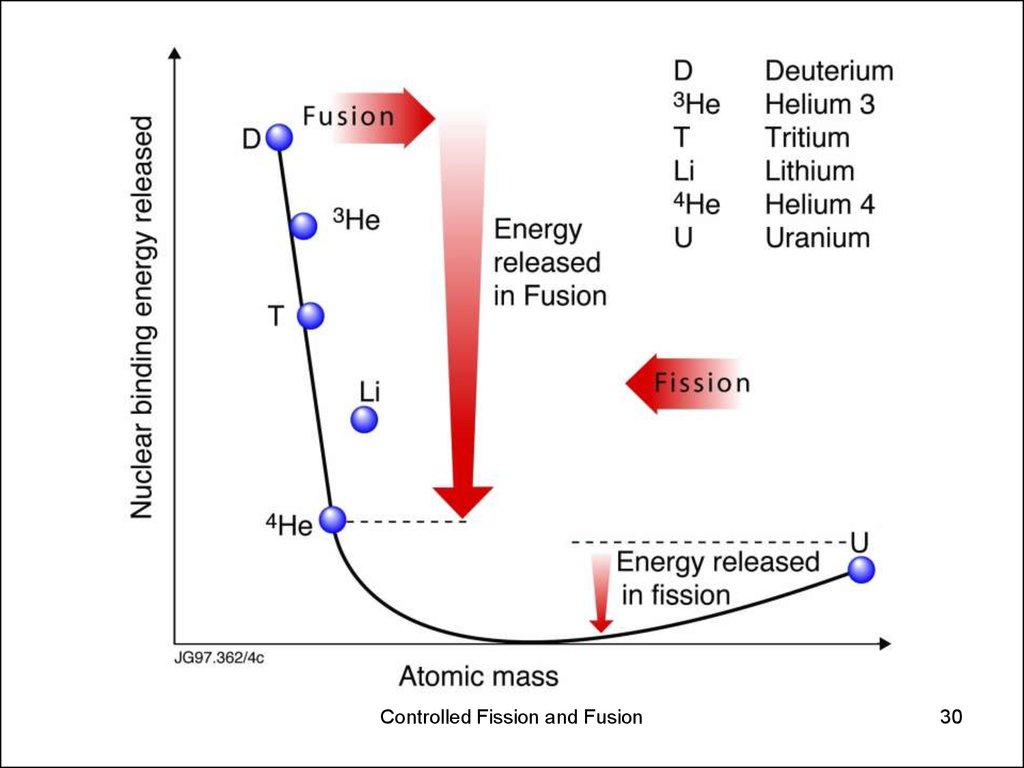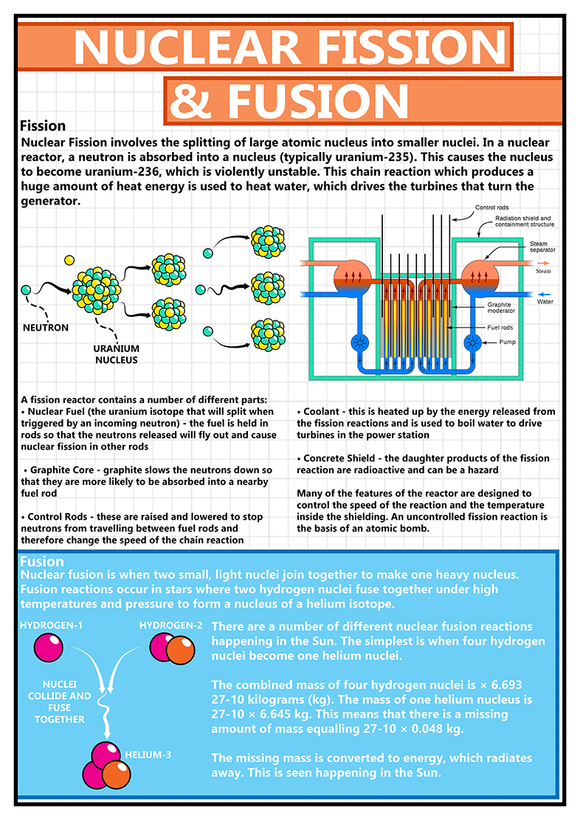

Although in this experiment Q=1.5, fusion reactors will have to reach a threshold of Q=10 before energy generation can be considered practical for commercial use. So what does this mean for the possibility of creating effectively unlimited amounts of clean energy? Fusion researchers denote the ratio of output energy to input energy with the letter Q. (To put the unit of energy into perspective, the kinetic energy of a one tonne car moving at 100 mph is one million joules.) In the past, the energy input far exceeded the energy output from a fusion reaction. In particular, it produced three million joules of energy, with about two million joules going into the reaction. On December 13, 2022, the US Department of Energy announced that scientists at the NIF had managed for the first time ever to achieve a “net energy gain” – producing more energy in a fusion reactor than was required to drive the process. The one that is preferred by fusion researchers is a magnetic confinement device called “tokamak.” This workhorse of fusion is a doughnut-shaped chamber in which magnetic fields keep the plasma in perpetually looping paths without touching the walls. They are magnetic confinement and inertial confinement. Physicists have also devised two competing techniques to control the hot plasma and keep it away from the walls of the container. The energy yield of both the experiments was modest and less than the energy needed to ignite the reaction. A year later, researchers in South Korea were able to keep the reaction going for 30 seconds at temperatures beyond 100 million degrees Celsius. In August 2021, researchers at the National Ignition Facility (NIF) at the Lawrence Livermore National Lab in California were able to ignite a fusion reaction that lasted for a fraction of a second by pumping laser beams into a tiny chamber containing deuterium and tritium. Yet, since the 1950s, scientists have been working tirelessly to develop a fusion reactor with the following goals in mind: 1) achieve the required temperature of more than 100 million degrees Celsius to ignite a self-sustaining fusion reaction, 2) contain and control the staggering levels of heat generated in the plasma, which is an ultra-hot soup of gases in which the electrons are completely detached from the atomic nucleus, 3) keep the plasma together at this temperature long enough to get useful amounts of energy out of the reaction, and 4) obtain more energy from the reaction than is used to heat the plasma to the ignition temperature.

The quest to make fusion a viable power generation option has turned out to be extraordinarily difficult. A “fusion reactor” buried deep in the Sun’s interior produces, in one heartbeat, the energy equivalent of 100 billion nuclear bombs.

So what is nuclear fusion? It is a process in which two lighter nuclei, typically isotopes of hydrogen such as deuterium and tritium, combine together under extreme conditions to form a heavier nucleus, releasing inexhaustible amounts of energy. Fusion’s by-product is helium, which is a non-toxic, non-radioactive gas used to inflate children’s balloons. Besides, unlike fission, fusion has a low burden of long-lasting dangerous radioactive waste. Within the context of climate change, nuclear fusion is an attractive alternative because it does not produce greenhouse gases (GHG). However, the 1986 Chernobyl and 2011 Fukushima accidents involving fission-based nuclear reactors that are in use now have heightened our doubts about nuclear technology’s ability to provide a safe way of generating clean power. DHAKA – The declining reserves of fossil fuels and their detrimental effects on the environment have thrust nuclear power into the limelight.


 0 kommentar(er)
0 kommentar(er)
